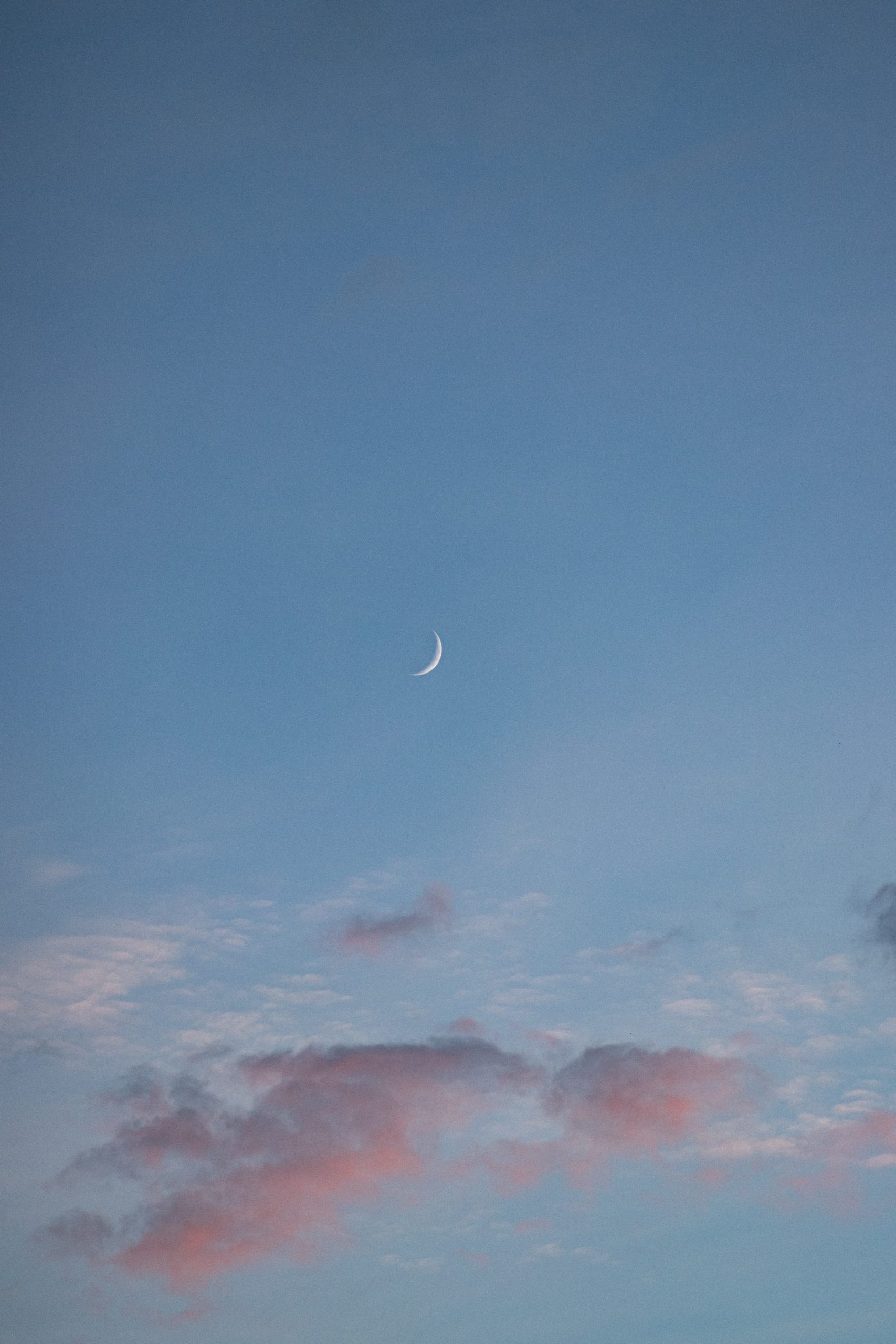Exploring the Mysteries of Moon and Tides Activity
The moon is a mesmerizing celestial body that has fascinated humans for centuries. Its presence in the night sky adds a touch of mystery and wonder to our lives. But did you know that the moon also has a significant impact on Earth’s tides? In this blog post, we will delve into the intricacies of moon and tides activity, exploring how they are interconnected.
The Relationship Between the Moon and Tides
The gravitational pull of the moon is responsible for the rise and fall of ocean tides. This gravitational force, combined with the rotational motion of the Earth, creates a tidal bulge on opposite sides of the planet. These tidal bulges result in the daily cycle of high and low tides.
When the moon is directly overhead or at its furthest point from a specific location on Earth, it causes a high tide. Conversely, when the moon is at its furthest point from Earth or between two locations, it causes a low tide. This process creates a rhythmic pattern of two high tides and two low tides in a 24-hour and 50-minute period.
However, it’s important to note that the sun also contributes to tides, albeit to a lesser extent. When the gravitational effects of the sun and the moon align, we experience spring tides (not to be confused with the season). These occur during the new moon and full moon phases, resulting in higher high tides and lower low tides. Conversely, during the first and third quarter moon phases, neap tides occur, producing lower high tides and higher low tides.
Factors Influencing Tidal Patterns
While the moon’s gravitational force is the primary factor driving tides, several other factors influence tidal patterns, creating regional variations. Here are some essential factors to consider:
1. Geological Shape of Coastlines
The shape of coastlines and the presence of bays, estuaries, and deep channels can significantly impact the magnitude and timing of tides. Narrow inlets or funnels can amplify tidal ranges, creating tidal bores, which are powerful waves that rush upriver against the current.
2. Continental Shelf and Slope
The presence of a broad continental shelf can cause tidal waves to spread out, resulting in lower tidal ranges. On the other hand, steep continental slopes can funnel and concentrate tidal energy, generating higher tidal ranges.
3. Ocean Currents
Ocean currents can influence tidal patterns by either enhancing or counteracting their effects. When tidal currents interact with prevailing ocean currents, it can lead to convergences or divergences, affecting the timing and intensity of tides.
4. Wind Patterns
Winds blowing over the surface of the ocean can push water in different directions, modifying tidal patterns. Strong onshore winds may build up water along the coast, creating higher high tides, while offshore winds can have the opposite effect.
5. Coriolis Effect
The Coriolis effect, caused by the Earth’s rotation, influences the direction of tidal currents. In the Northern Hemisphere, tidal currents veer to the right, while in the Southern Hemisphere, they veer to the left. This effect plays a vital role in the navigation of ships and marine ecosystems.
Impacts of Tides on Coastal Environments
Tidal activity is not just an enchanting natural phenomenon; it also plays a crucial role in shaping coastal ecosystems. Here are some of the impacts of tides on coastal environments:
1. Intertidal Zones
Tides create intertidal zones, which are the areas between high and low tides. These zones are dynamic habitats that are home to a diverse range of organisms adapted to withstand the constant fluctuations in water availability. From barnacles and snails to crabs and sea stars, these organisms have evolved unique adaptations to survive in this challenging environment.
2. Coastal Erosion and Deposition
The continuous movement of tidal waters leads to erosion and deposition along coastlines. During high tides and storm events, powerful waves can erode sediment from beaches, cliffs, and dunes. Conversely, during low tides, sediment is deposited, helping to build barrier islands and coastal marshes.
3. Nutrient Cycling
Tidal waters transport and distribute nutrients, sediments, and organic matter, facilitating nutrient cycling in coastal ecosystems. This process supports the growth of phytoplankton, which form the base of the marine food web, sustaining diverse marine life.
4. Shoreline Maintenance
Tidal activity also helps maintain the shape and form of shorelines. Additionally, tidal marshes and mangroves act as natural buffers, absorbing wave energy and protecting coastal communities from storm surges and flooding.
Exploring the Moon-Tide Connection
The study of moon and tides activity is an ongoing endeavor, with scientists continually uncovering new insights into this complex relationship. Understanding the interplay between the moon and tides not only deepens our knowledge of the natural world but also has practical applications in fields such as navigation, marine biology, and coastal engineering.
So, the next time you gaze up at the moon or find yourself standing on the shores of a beach, take a moment to appreciate the intricate dance between the moon and tides that has shaped our planet and continues to captivate our imagination.
Table of Contents
